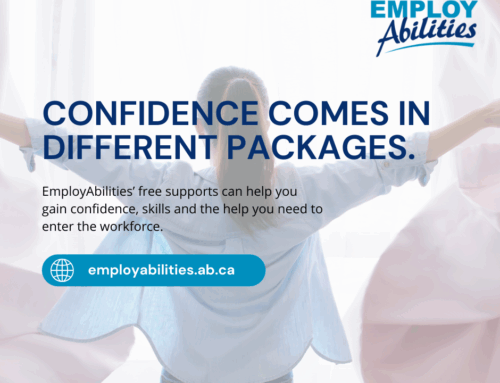Article from Science Magazine
When I began my master’s program in astronomy, I immediately encountered a substantial—and quite literal—obstacle to my pursuit of the cosmos: a flight of stairs. I have a physical disability, and stairs are a particular source of difficulty. Unfortunately, they lie in front of every entrance to the building where I take classes, teach labs, and conduct research. The four observatories I have visited for my research were all equally inaccessible, mostly because their age and historic significance exempt them from Americans with Disabilities Act requirements. So, besides coping with the stress and workload of graduate school, I must also struggle with architecture. Thankfully, I am mobile enough to make do by climbing slowly or using a cane, but it takes a toll.
“The barriers don’t end once I’ve reached the top.”
 The barriers don’t end once I’ve reached the top of the stairs. I face hostility from other scientists, including the ire of professors who believe that my need for flexible deadlines or breaks during tests arises from laziness. This sentiment, rooted in a scientific culture that prioritizes a pathological devotion to work over mental and physical wellbeing, is best summed up by one of my professors, who commented on my disability: “It must be so nice to have an excuse not to do any work.”
The barriers don’t end once I’ve reached the top of the stairs. I face hostility from other scientists, including the ire of professors who believe that my need for flexible deadlines or breaks during tests arises from laziness. This sentiment, rooted in a scientific culture that prioritizes a pathological devotion to work over mental and physical wellbeing, is best summed up by one of my professors, who commented on my disability: “It must be so nice to have an excuse not to do any work.”
ILLUSTRATION: ROBERT NEUBECKER
Regrettably, my experiences are not unique; they are emblematic of the barriers disabled scientists contend with throughout their careers. Although science is by no means intrinsically inaccessible—nothing about the data we gather or the analyses we do inherently excludes people with disabilities—the prevailing attitudes in science create these barriers. Most science, technology, engineering, and math (STEM) programs insist that researchers sacrifice both their mental and physical health to succeed. Unnecessarily long hours, undue degrees of stress, and overwhelming pressure can cause even the healthiest person to develop anxiety and depression. For a person with a dis ability, coping with these pressures along with a permanent or chronic condition can be devastating.
Read full article here – http://science.sciencemag.org/content/351/6271/418





